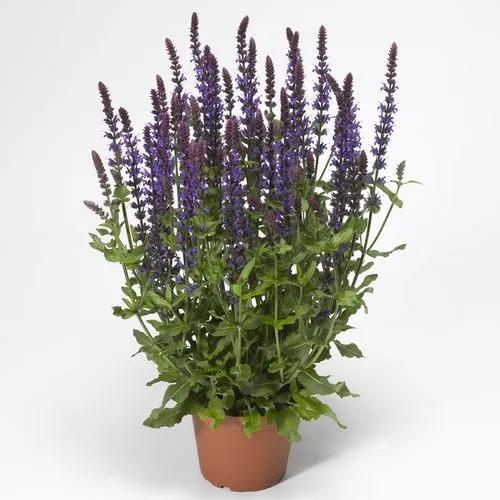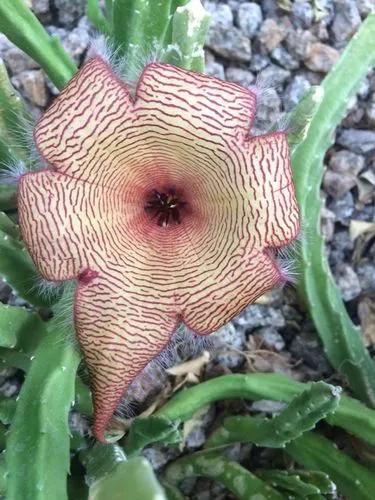Medusa Plant is an evergreen perennial succulent belonging to the Euphorbiaceae family and native to the arid climate of South Africa. The plant is known to grow slowly in its natural environment, and recent research indicates that it first appeared 10 million years ago as a result of evolution. Medusa Plant is widely used medicinally, as a ground cover plant, and in decoration, but due to climate change, its population is declining.
Medusa Plant Care
Euphorbia flanaganii



Euphorbia flanaganii is easily identified by its numerous cylindrical branches that are dark green and grow up to 40 cm (15.8 inches) long. The leaves are needle-like, very thin, not spectacular, and almost invisible.
The bright yellow-green flowers are usually on the central branches and appear near the end of summer or early fall if conditions are right. As for the stem, it is tuberous in shape and greatly inflated, and a certain part of it is underground, where it turns into long and thin roots. It is also worth noting that the sap of the plant is poisonous and can cause skin irritation.
How to Care for the Plant

Water

Water the plant once a week, and in the hot season, watering can be increased to twice a week, but it is important not to over-moisten, as the roots may begin to rot.

Pruning

Carefully remove damaged and wilted stems in early spring to ensure healthy plant growth.

Fertilizer

In spring and summer, once every three weeks, use a special mineral fertilizer according to the instructions on the package.

Sunlight

Provide the plant with access to 6-8 hours of direct sunlight per day by placing it near a well-lit window.

Soil

A good option would be a well-drained mix for cacti or succulents with the addition of a small amount of sand.

Propagation

Use disinfected scissors and gloves to cut off a healthy stem, then leave it to dry for a few days. Planting is carried out in well-drained soil, which must be watered periodically.

Temperature

The ideal temperature for the Medusa Plant is 50-80˚F (10-27°C).

Container

A clay pot with several drainage holes is best.

Fun fact

The plant got its name thanks to the heroine of Greek mythology, Medusa, who had poisonous snakes instead of hair and turned everyone into stone.

Popularity

833 people already have this plant 133 people have added this plant to their wishlists
Discover more plants with the list below
Popular articles






